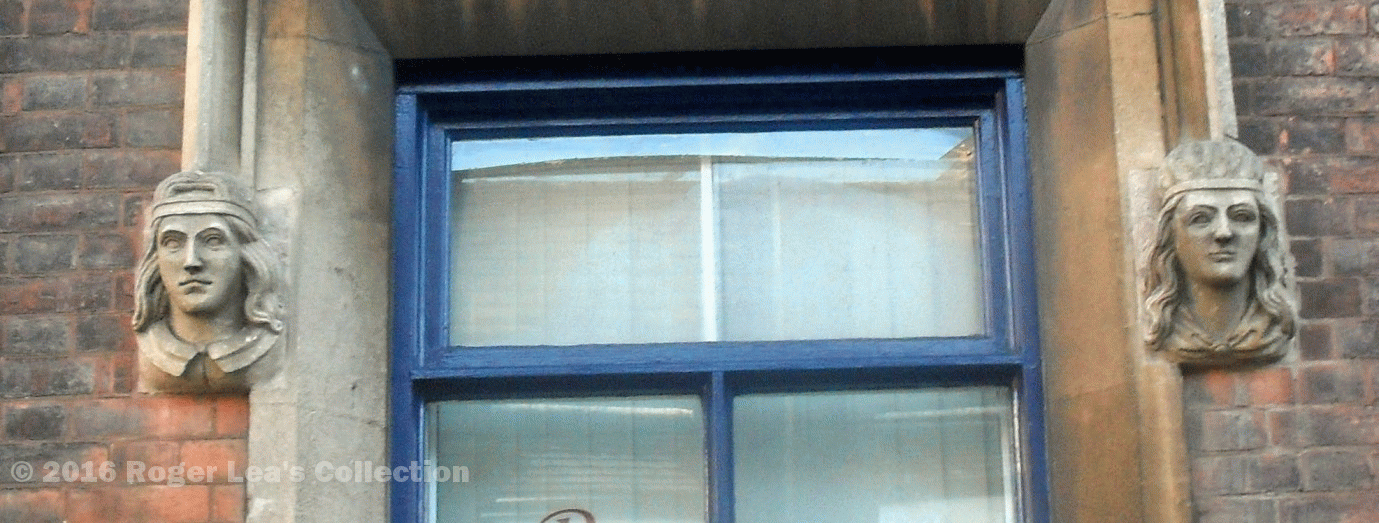456 Workhouse 2 heads 31.3.17 The Workhouse Test Act of 1723 empowered officers in a parish to buy, rent or build premises in which the poor could be set to work - the term ‘workhouse’ was used to describe such places. A person who requested poor relief would be required to enter a workhouse and to undertake a set amount of work. Poor persons who declined to enter the workhouse or, having entered, refused to submit to its regulations, did not receive relief. As a result, many paupers who had previously received poor relief tried to make do rather than enter the workhouse.
After a few false starts, the construction of a workhouse for Sutton was agreed at a meeting of the Warden and Society on 6 March 1737. It was to be built in Mill Street “where the old school stood” (in 1728, rather than repair the ruinous old building, Bishop Veseys Grammar School was removed to its present site in Lichfield Road). Nearby were the old almshouses, possibly also dating from Bishop Vesey’s time, and the members agreed “that the Almshouses belonging to this Parish (which are become very ancient and much decayed) shall be taken down and the Timber, Brick and Materials that arise therefrom shall be applied towards building a Workhouse”. “And that Pudsey Jesson Esq., Mr John Riland, Mr Richard Riland Clarke and Mr Paul Lowe fix upon a plan, buy all manner of Materials and employ Workmen for taking down the said Almshouses and building such a Workhouse in such manner as they or the greater number of them think proper”.
The Sutton Workhouse functioned until 1834, when the Poor Law Amendment Act established Poor Law Unions; Sutton was included in the Aston Union, and the inmates of the workhouse were transferred to the Aston Union Workhouse in Erdington. The Aston Union sold the Workhouse to Sir Francis Lawley of Canwell Hall for £735. He used the building as collateral in negotiating for some land at Roughley to enlarge his Canwell Estate. At the time the enclosure of the commons was in progress, and the Enclosure Commissioner had the authority to make exchanges of property without the involvement of solicitors. Land and cottages near the Sutton boundary at Slade Lane and Camp Road were given by the Corporation in exchange for “the site and buildings with the appurtenances thereto belonging heretofore used or occupied as the workhouse”.
The corporation spent over £300 in 1838 in converting the old workhouse to a house for the master of the Upper School, where he could accommodate boarders. Further alterations took place in 1888, when the newly-created Borough of Sutton Coldfield needed more office space. In 1888 the Borough Surveyor informed Sutton Council that the conversion of new offices was nearly complete, and in 1892 Richard Holbeche wrote “the old workhouse…has lately been very well restored and converted into municipal offices”. All these conversions mean that the original building may have had a quite different appearance from the one we see today in Mill Street. (This article is based on a new comprehensive history of the workhouse by the late Mike Hinson, published in the next issue of the Proceedings of the Sutton Coldfield Local History Research Group. You can order a copy from me at
